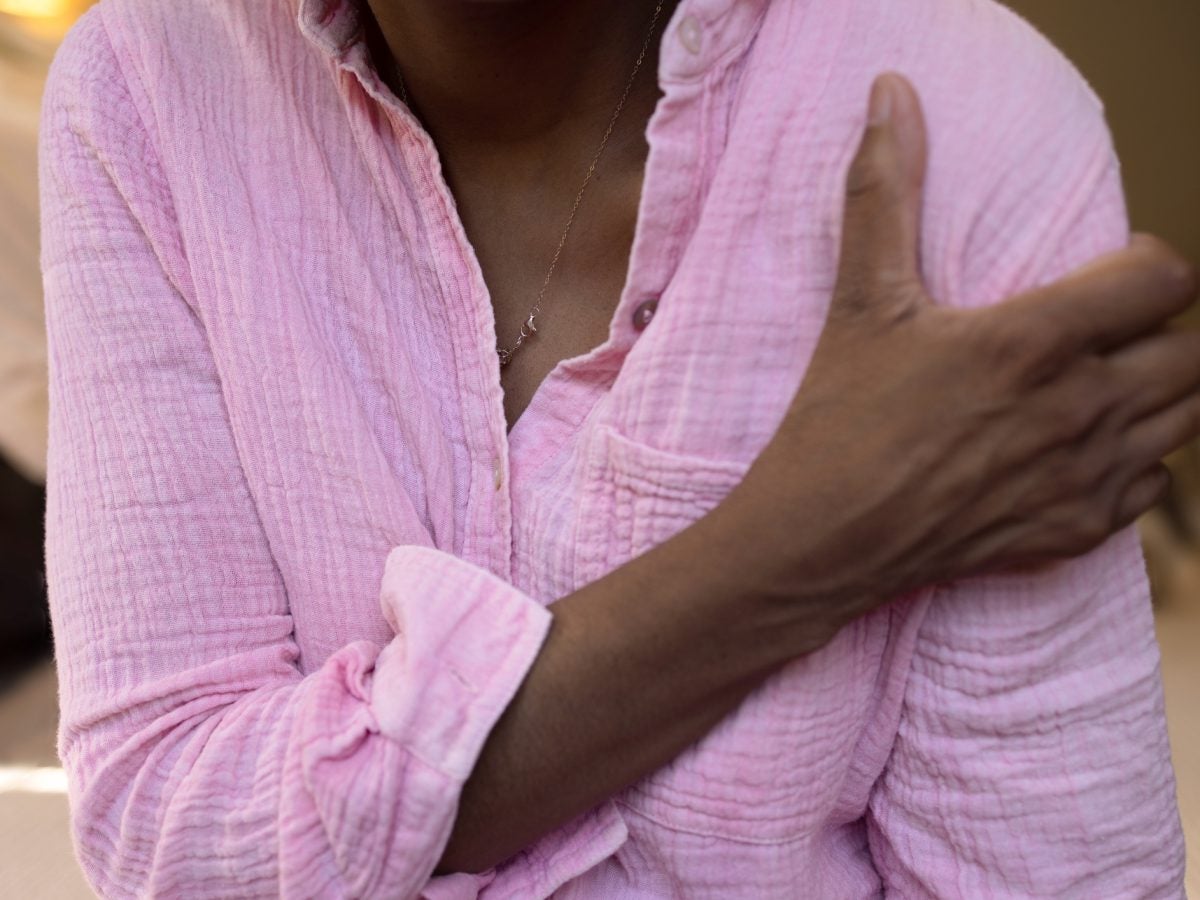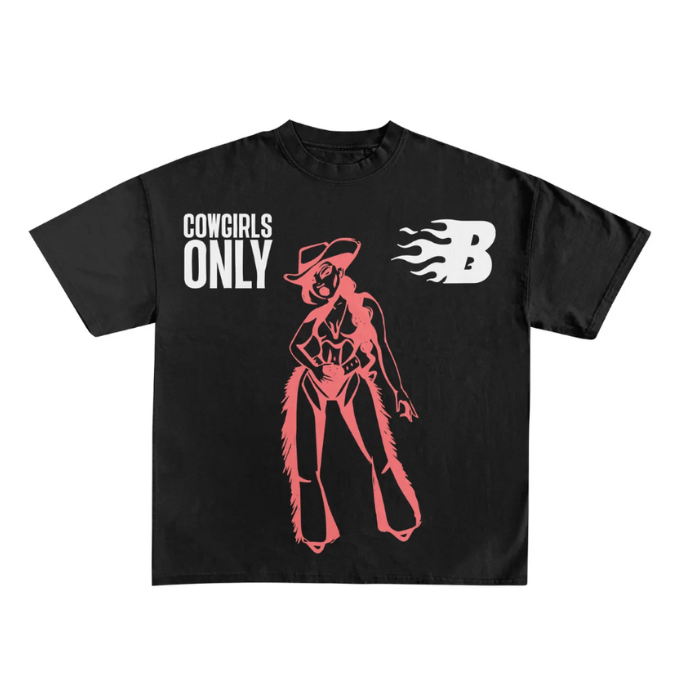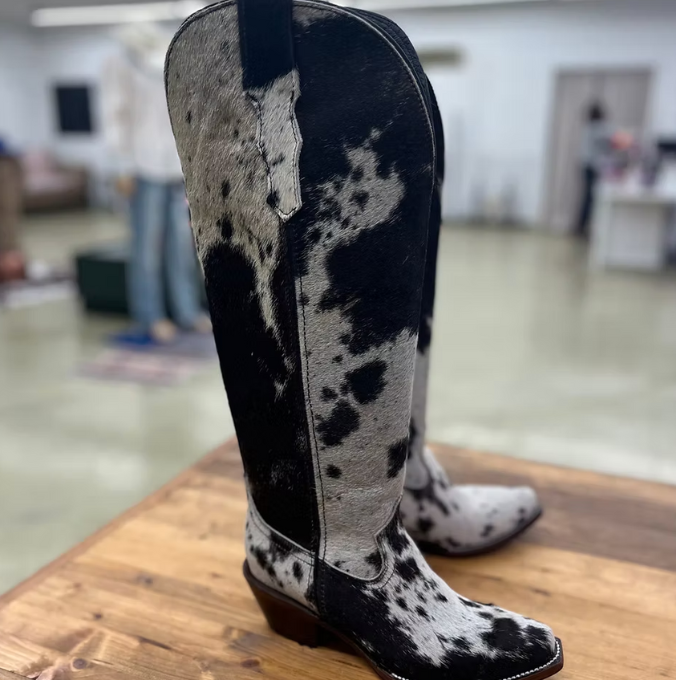
A study by the American Stroke Association surveyed 1,900 people to assess public awareness of stroke symptoms. Awareness and recognition of “F.A.S.T.” stroke symptoms – Face, Arm, Speech, and Time to call 911 – has improved over the last decade, but that only identifies 80% of stroke types. The BE-FAST campaign, which adds Balance and Eye symptoms, was less well-known and hindered memory recall.
A stroke is a medical emergency, and recognizing symptoms quickly is critical to receiving timely care. “There’s nothing a bystander or I can do, without anything available to me, to help if I see someone having a stroke, other than getting them to care as quickly as possible,” explains Opeolu Adeoye, MD, MS, lead author of the study.
FAST vs. BE-FAST
FAST and BE-FAST are tools designed to help the public recognize stroke symptoms and get help immediately. Since knowledge and quick action are key to improving stroke outcomes, studying how well people can recall stroke symptoms is essential. FAST, which is widely recognized, as mentioned, includes face drooping, arm weakness, speech difficulties, and taking the time to call 911. However, health practitioners have known for some time that FAST misses around 20% of stroke types, specifically those affecting the posterior circulation (the back of the brain). These strokes can cause symptoms like loss of balance or issues with vision and eye movement. This led to the development of BE-FAST, which includes these additional symptoms.
What the Study Revealed







The study surveyed 1,900 participants about stroke symptoms. About a third of them were familiar with FAST symptoms. Participants were divided into two groups, one viewing a one-minute educational video on FAST and the other on BE-FAST. After watching the videos, knowledge of FAST symptoms increased to 70% in the FAST group, while the BE-FAST group had a 50% increase. The recall gap between FAST and BE-FAST persisted even 30 days after watching the videos.
What the Public Needs to Know
Hypertension and diabetes are significant risk factors for stroke. “Black women, in particular, are at higher risk for strokes,” says Adeoye. “It’s crucial for Black women to be aware of stroke symptoms and seek care as soon as possible to reduce risk.”
Public awareness of strokes has improved in recent years, partly due to public figures like Jamie Foxx sharing their stroke experiences. The recent death of Irv Gotti from stroke complications also highlights the dangers. The American Stroke Association has developed tools to help the public recognize the signs of a stroke. They emphasize that getting help immediately is crucial. “Every 15 minutes counts,” says Adeoye. “So, the optimal timeline for me is now. If it were to begin having symptoms right in front of you, I want to get to the hospital now.”





